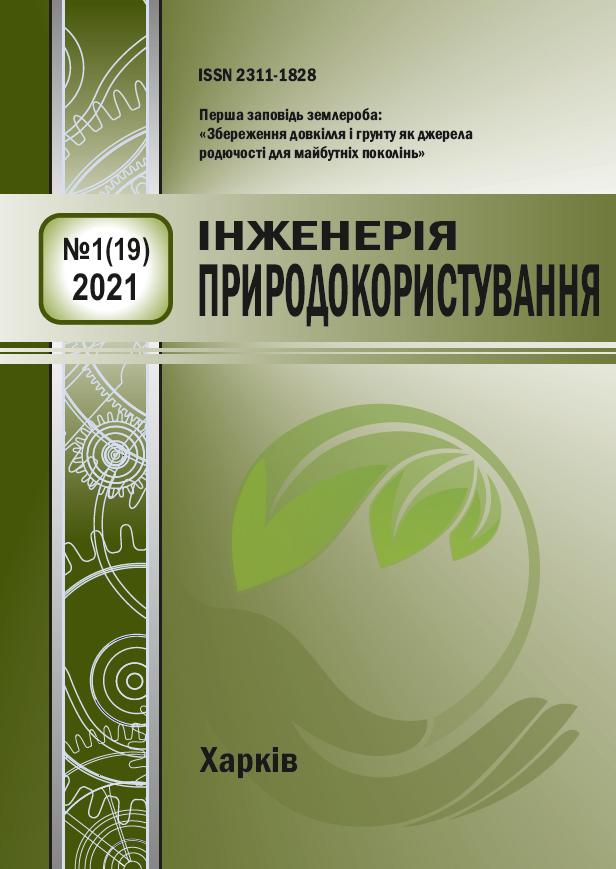Efficiency of natural pyretrines in protection of oil cabbage crops from dominant pests
Abstract
The main reasons for low yields of oil cabbage crops are non-compliance with agricultural techniques and large losses from pests. Harvest shortages caused by pests are 30-40% or more, so the development of an effective, scientifically sound system of protection of oilseeds with modern cultivation technology comes to the fore. The main measures to protect oilseed crops from pests are pre-sowing seed poisoning and spraying during the growing season. Insecticides from the group of synthetic pyrethroids in terms of production and use occupy one of the leading places among chemical plant protection products. They are produced by almost all leading companies specializing in the production of fine organic synthesis products. Synthetic pyrethroids belong to the "third generation of insecticides" after organochlorine, carbamate and organophosphorus compounds. Dried flowers of some species of chamomile were used as an insecticide before our era. The beginning of scientific research on these substances can be considered in 1694, when the plants of Dalmatian chamomile were first described, which grew wild in the Caucasus and Dalmatia (Croatia). In the 1930s, based on the extraction of pyrethrins with organic solvents from chamomile flowers, the production of pyrethrum preparations began - narrow, heavy, almost odorless, water-insoluble white oils and containing from 2–10 to 90% of a mixture of pyrethrins, which were used mainly. to control household insects and pests of stocks. As a result of our research, the species composition of pests in the agrocenosis of oil cabbage crops of NNVC "Experimental Field" of KhNAU named after VV Dokuchaev and dominant species of economic importance and the technical efficiency of spraying oilseeds with natural pyrethroids.

